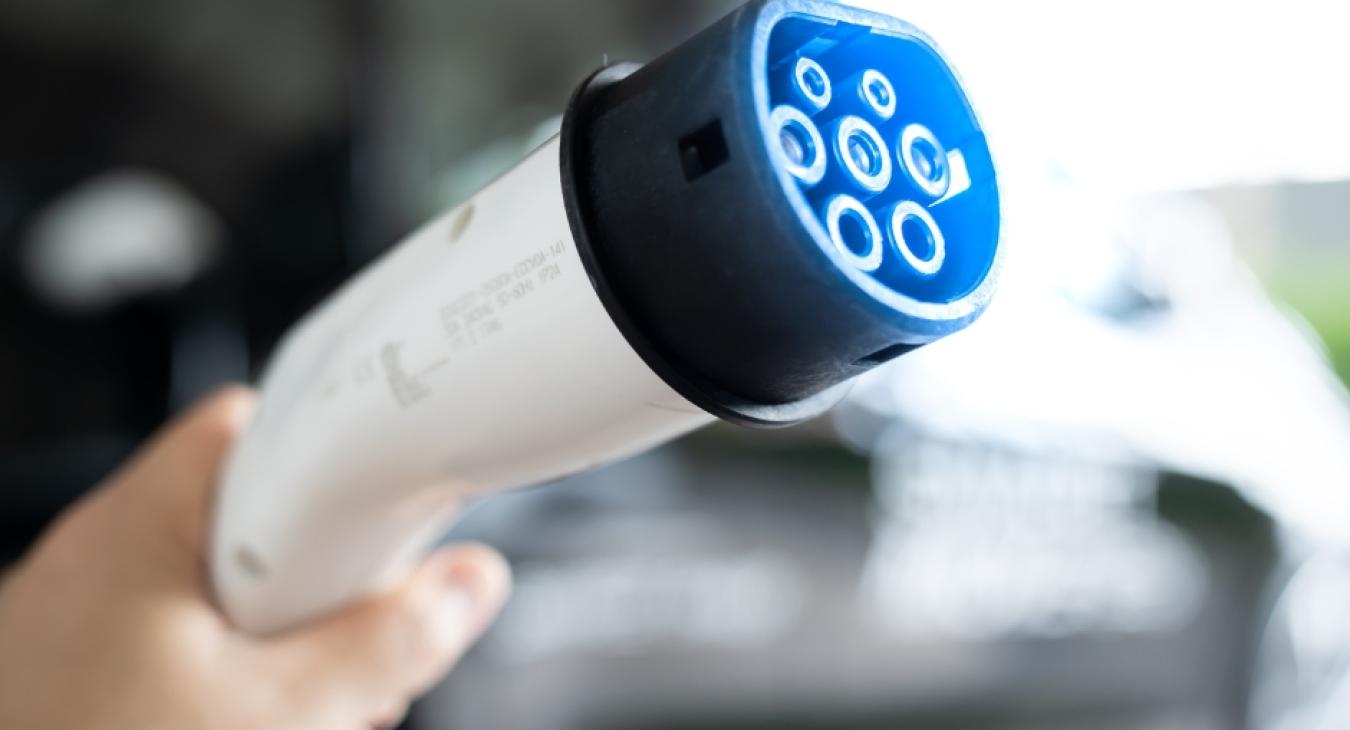Your EV can perform just as well in the heat as any other time — with a few precautionary steps, of course. Follow these pro tips to keep your vehicle running smoothly.
Summer is here, and with it comes hot weather, extra sunshine and more time spent outdoors. Whether you’re planning to take a cross-country road trip or visit your nearest beach, your EV can get you to your destination in an environmentally-friendly way.
However, just because you’re on vacation doesn’t mean that you should forgo taking care of your EV. Warmer weather usually means that you should pay closer attention to your vehicle to keep its battery life healthy and running smoothly. A recent study conducted by AA found that an EV’s driving range decreases by 17% when outside temperatures reach 95°F while air-conditioning is on. So how should you be taking care of your EV as the temperatures go up?
Follow these tips to preserve your EV’s battery life:
1. Don’t fast charge when it’s hot out
Under normal circumstances, frequently fast charging your EV’s battery is bad enough as it is. Increased temperatures due to higher electrical currents lead to faster degradation in the battery, according to a study done by Tsinghua University in China.
That same concept goes for overworking your battery in hot temperatures. Combined with the high temperatures caused by the weather, your EV battery may be unnecessarily overheating if you opt for fast charging. Slow charging is the way to go instead.
2. Use the preconditioning feature
One of the most nifty features that every EV comes with is the preconditioning button. A perk that is mostly exclusive to EVs, preconditioning helps you plan ahead for any extreme weather conditions so your EV will run at the optimal temperature when you’re ready to get on the road.
Preconditioning works by adjusting the inside of an EV’s temperature to optimal levels — no matter how hot or cold it is outside. All you have to do is input the weather forecast into your vehicle’s mobile app and it will change its internal temperature accordingly. For instance, if the weather is expected to be freezing cold, preconditioning will warm up the EV’s interior so that when you enter the vehicle you’ll be ready to start driving. The opposite goes for hot weather — EVs will lower the temperature inside the vehicle to keep the vehicle cool before your big trip. This allows the vehicle to prepare for any drastic weather changes.
The battery temperature also adjusts for any temperature changes when preconditioning an EV. By using this feature, your car will run smoothly and preserve its battery life, despite the weather outside.
3. Find shade for your vehicle
One of the easiest things to do for your EV when it’s hot outside is to simply park it underneath some shade.
Electric-powered items tend to overheat and perform more poorly when they are exposed to prolonged heat, and EV batteries are similar. When given the choice between parking your EV underneath a tree or out in the open in the blistering heat, it’s wise to opt for the tree.
4. Use less applications while you drive
Have you ever noticed that when you open several applications on your phone, the device starts getting hotter and runs slower? EV batteries behave in the same way. The more background processes that run on your EV, the hotter your battery gets.
When you’re driving in hot weather, it may be wise to close some of those external applications if they’re not important. Game apps, text messaging and music streaming services that are running on your EV’s software are just a few features that can be closed to save your vehicle’s battery life.
5. Leave the EV plugged in
EVs are intelligent cars. They know how to interpret the commands that you give them, alert you of any issues and adapt to countless situations. Another piece of proof for their intellect is in their thermal management systems.
When an EV is plugged in, it automatically draws upon these systems to regulate the battery’s temperature using the electricity directly from the outlet. This is a little bit different from preconditioning. Whereas preconditioning works due to your input, thermal management systems are automatic and kick in whenever there’s a need for it. Just remember that EVs operate best when they are between 30% and 80%, so it’s best to keep your battery charge within this range.
Full Circuit Solutions provides the best EV solutions for you
Want to install your own charging station at home or at work so you can charge at your convenience? FCS-EV can help you make that a reality.











